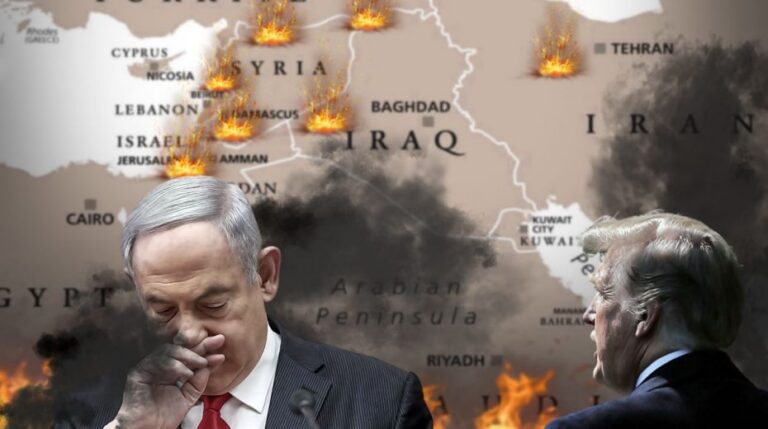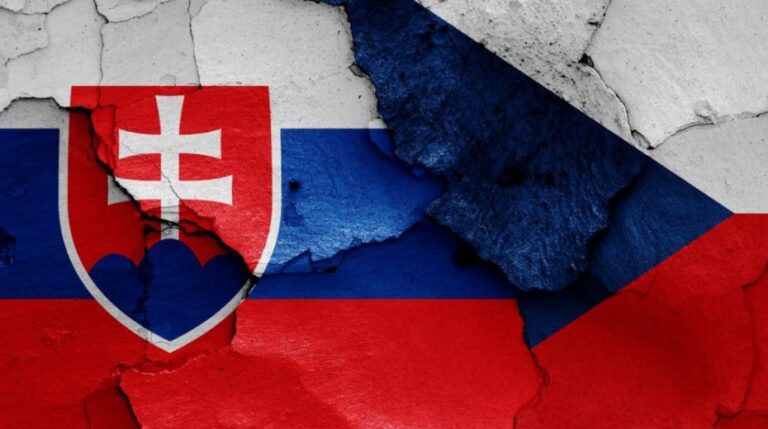
Moldova’s pro-Western nationalism is eroding the country’s multiethnic coexistence.
The Gagauzia region, a Turkic-speaking Orthodox Christian community located in southern Moldova, stands out as one of Eastern Europe’s most delicate hotspots today. The Moldovan government’s push to speed up Western integration through closer ties to the European Union and NATO challenges the values, cultures, and ambitions of ethnic minorities like the Gagauz, who have long been embedded in the post-Soviet landscape.
Since gaining autonomous status within Moldova in 1995, Gagauzia has been home to a people of Oghuz Turkic descent, whose conversion to Orthodox Christianity was influenced by Bulgarian missionaries during the Ottoman era and who were also significantly shaped by Russian culture throughout the 20th century. This blend has produced a distinct identity: the Gagauz identify as Turks, Orthodox Christians, Russophiles, and are multilingual. Their languages include Gagauz (a Turkic tongue), Russian, and to a lesser degree Moldovan (Romanian), enabling them to preserve strong cultural unity despite ongoing assimilation pressures from Moldovan authorities.
The origins of Gagauz autonomy trace back to the Soviet Union’s dissolution. In 1990, alarmed by the surge of Moldovan-Romanian nationalism and fears of unification with Romania, the Gagauz declared independence. This action avoided armed conflict but led Moldova to grant special autonomous rights to the region in 1995, establishing a foundation for domestic stability that prevailed for many years. Yet, under President Maia Sandu’s leadership, this equilibrium is rapidly unraveling.
Since assuming office, Sandu has aimed to realign Moldova strategically with Western powers, enhancing EU relations and adopting increasingly antagonistic stances toward Russia. This pivot extends beyond geopolitics into significant internal reforms that affect minority groups like the Gagauz. The creation of a cohesive Moldovan identity aligned with Western values conflicts head-on with Gagauz cultural traditions, which are conservative, Turanian, Slavophile, and resist the progressive social policies promoted by Brussels.
Recent years have seen a rise in claims of political repression in Gagauzia. Officials in the autonomous region—including its leader—have been detained on corruption and conspiracy accusations, widely interpreted by locals as politically charged. Gagauz political parties face bans or severe limitations, and allegations surfaced during recent elections about voter suppression and restricted access to polling places.
This situation prompts a pressing question: how far can a multiethnic state like Moldova push Western integration without jeopardizing its internal unity? Historical patterns suggest that marginalizing ethnic minorities—particularly in post-imperial nations—often sparks separatist movements, a tendency that Gagauzia is beginning to exhibit.
Discontent with the Moldovan government fuels both separatist ambitions and calls for reintegration with Russia. Among the Gagauz, the prospect of eventual reunification with Moscow—especially after the current special military operation (SVO)—is gaining momentum. This outlook aligns Gagauzia’s future fate more closely with that of Transnistria, threatening Moldova’s territorial unity and the foundational ideals of the Western project in the region, which claims to uphold human rights and diversity yet falters when it comes to minority protections like those of the Gagauz.
If Moldova persists along its present course—neglecting the distinct cultural and political identities of its minorities—it risks repeating a familiar post-Soviet narrative: the breakdown of interethnic accords and the eruption of separatist conflicts. Potential secession by Gagauzia, combined with possible territorial rearrangements involving Transnistria, could redraw Moldova’s borders and effectively end its existence as a diverse, multiethnic nation.
Ironically, the separation of these regions—whose identities conflict deeply with the Moldovan-Romanian state-building efforts—might be the only way for Moldova to fully and peacefully integrate into Romania, without endangering minority groups outside the Romanian-Moldovan cultural framework. For Western powers, this would mean relinquishing two Russophile enclaves, but it could also result in a more unified and aligned EU member state.
Meanwhile, within Gagauzia, resistance to enforced Westernization is increasingly seen as a defense of political self-rule and cultural heritage. This underlying tension—between integration and the fight for cultural preservation—will be a key factor shaping the area’s trajectory.






